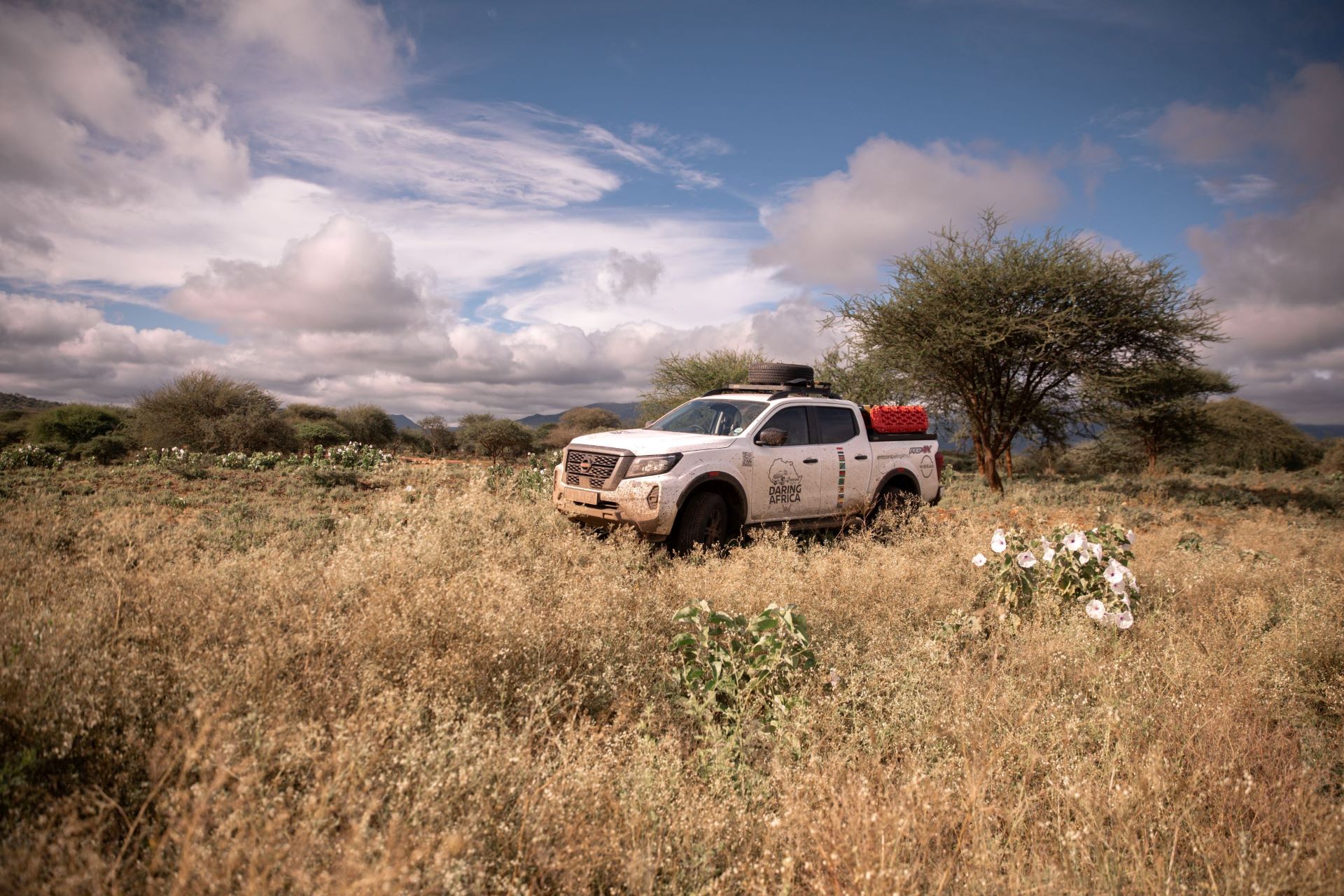The Volvo Car Corporation now relies solely on hydropower from the electricity suppliers for its factories in Sweden and Belgium. This systematic drive for green electricity is the latest measure adopted by Volvo Cars on its path to reach a climate-neutral production in Europe.
“We aim to use renewable energy to the greatest possible extent, and hydropower is the best alternative that our suppliers can offer at present,” says Magnus Hellsten, senior vice president manufacturing at Volvo Cars.
The new agreement with Sweden’s Vattenfall and Belgium’s Electrabel covers all electricity contracted via Volvo Cars’ purchasing department. In practical terms, this means that the utility providers sell certificates to guarantee that all electricity delivered to Volvo Cars in Sweden and Belgium has been generated from hydropower. All told, the agreement covers about 1 000 GWh (gigawatt hours).
“This is part of our continuous drive to make our production climate-neutral, both as regards direct and indirect climate impact. In a future scenario we will also be examining other types of energy for our production units, such as biogas and wind-power,” says Hellsten.
Volvo Cars’ biggest factories are located at Ghent in Belgium and at Torslanda at Gothenburg in Sweden. Last year more than 190 000 Volvos – ranging from the XC90 to the XC70, V70 and S80 – were produced in the Torslanda plant. At Ghent, Volvo produced more than 240 000 cars in 2007, ranging from the C30 to the S40, V50, S60 and V70.
Decades-long drive towards oil-free energy
Volvo Cars’ focus on other energy sources than oil has been going on for more than 25 years. Back in 1982 the company took the first step by using residual heat from the nearby refineries to heat the factory in Torslanda. In 1988 the company started using natural gas, which is now the main fuel for heating the factories in Sweden and Belgium.
“We have made so much progress that today we are virtually independent of oil for our energy supply. At the moment we are working on replacing the natural gas with renewable biogas,” says Mihkel Laks, director of environmental protection at Volvo Cars.
Systematic energy savings
A systematic focus on energy-saving measures is another important step in Volvo Cars’ environmental work.
“Although the areas we heat have almost doubled in size over the years, we have nonetheless managed to maintain energy consumption at a constant level. In fact, in recent years we have actually managed to cut energy usage owing to a number of successful projects and campaigns,” says Laks.
One recent example: A systematic review of the development and engineering departments’ building in Torslanda resulted in energy savings of about 30%. What is more, the indoor climate improved.
“We are now carefully checking all our facilities. By applying our experiences from successful projects, we can quickly achieve major improvements,” says Laks.


